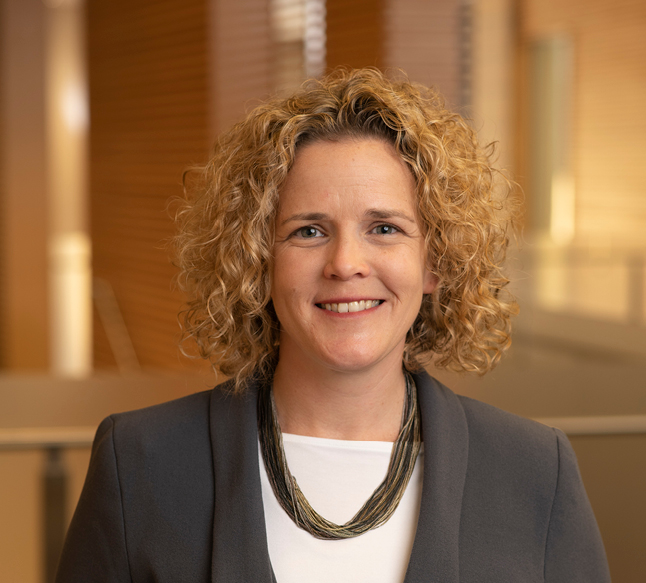Last month, Cleveland served as the host for an important discussion about addressing health and community inequity through innovation, partnership, and a little bit of patience. At Modern Healthcare’s “Critical Connections: Social Determinants of Health Symposium,” I had the opportunity to participate in discussions with health system, payer, provider, and community leaders who came together to share their experiences and learnings in addressing the healthy equity gap.
Research has shown that social drivers of health (SDOH) can have an impact on up to 40% of an individual's overall health. For some populations and communities, the impact can be even more significant. To close the health equity gap, we need to better understand what the social needs are that impact individual communities and how they result in negative health outcomes.
During the symposium, several key themes emerged as the critical factors in enabling successful programs to address community needs and disrupt system inequities. Here are four that particularly resonated with me.
- Partner with key stakeholders. Addressing the broader economic issues impacting health and community prosperity can’t be accomplished by any one organization. Finding the right partners, along with a trusted convener, is critical and necessary for any program’s success. The Greater University Circle Initiative, a nationally-recognized community development program in Cleveland, was highlighted as a successful example of long-term, multi-stakeholder collaboration with demonstrated impact in the surrounding neighborhood.
- Engage with the community. Including insights from the local community in program design and development is a must. We shouldn’t make assumptions about what is needed or how to solve issues without the voice of those who are experiencing the day-to-day challenges. Tomislav Mihaljevic, President and CEO of Cleveland Clinic, spoke about his proactive outreach with the clinic’s neighboring communities, where he participated in small group listening sessions to hear directly from residents about what they need to improve health and well-being.
- Demonstrate local support. Finding opportunities to hire local, purchase local, and support small and diverse businesses in a community is critical. We had the opportunity to hear directly from Tymika Thomas, an employee-owner with Evergreen Cooperative Laundry, a local second-chance employer that works with Cleveland area institutions to provide commercial laundry services. She shared her experience navigating employment, community reintegration and, eventually, homeownership after a period of incarceration, crediting much of her success to the support provided to her by Evergreen.
- Address social needs AND social drivers. Addressing social needs and disrupting systemic drivers of social drivers of health require different approaches. Several speakers and panelists emphasized the need to develop programs that address the urgent and immediate social needs facing individuals and families, while also advocating for policy changes with broader system impacts on population health. During the symposium, UnitedHealthcare’s Catherine Anderson, shared our commitment to addressing both urgent social needs and broader system change through a multi-pronged approach that includes partnerships, investments, policy reforms, and data analytics.
It was encouraging to sit among professionals representing such a broad array of stakeholders and feel a shared sense of urgency and commitment to finding new ways to tackle the broad social and community issues and inequities that are impacting health outcomes. I am energized by the programs discussed at the conference, and eager to learn more about the partnerships and technologies that can accelerate these effective initiatives developed in partnership with the individuals and communities we all serve.
Read more from Sarah Glasheen
